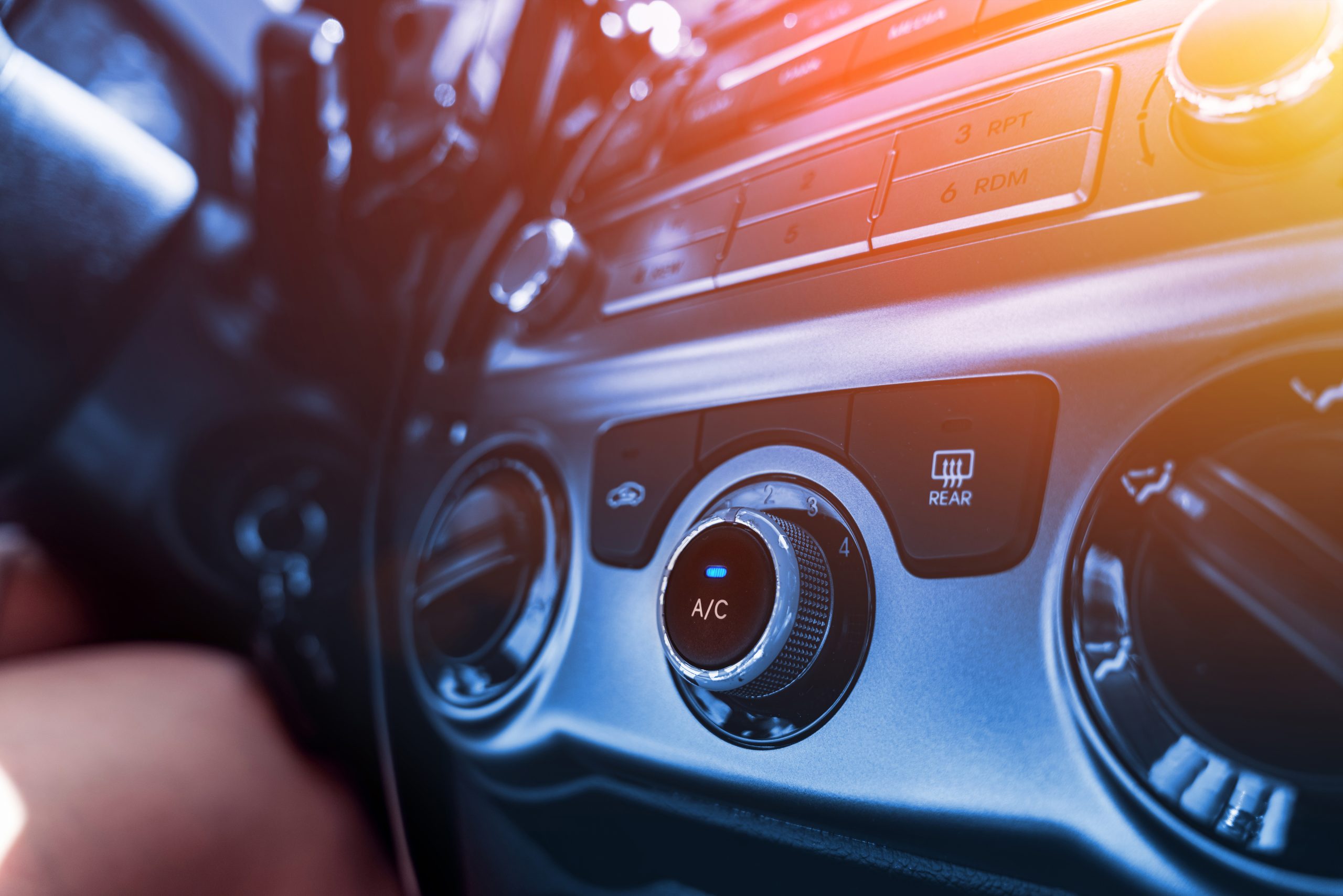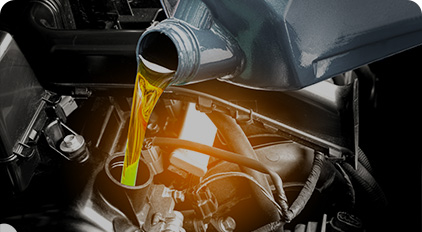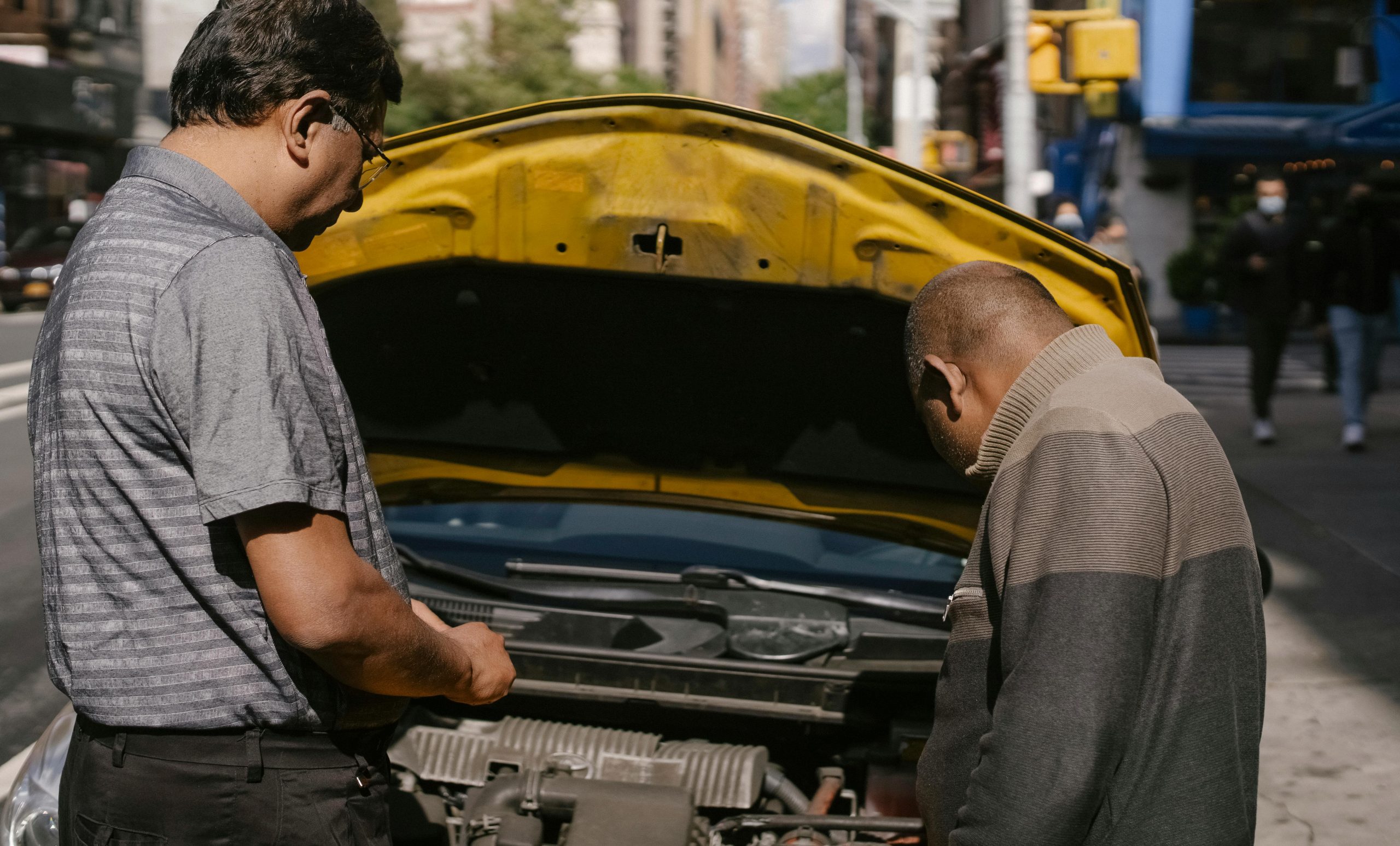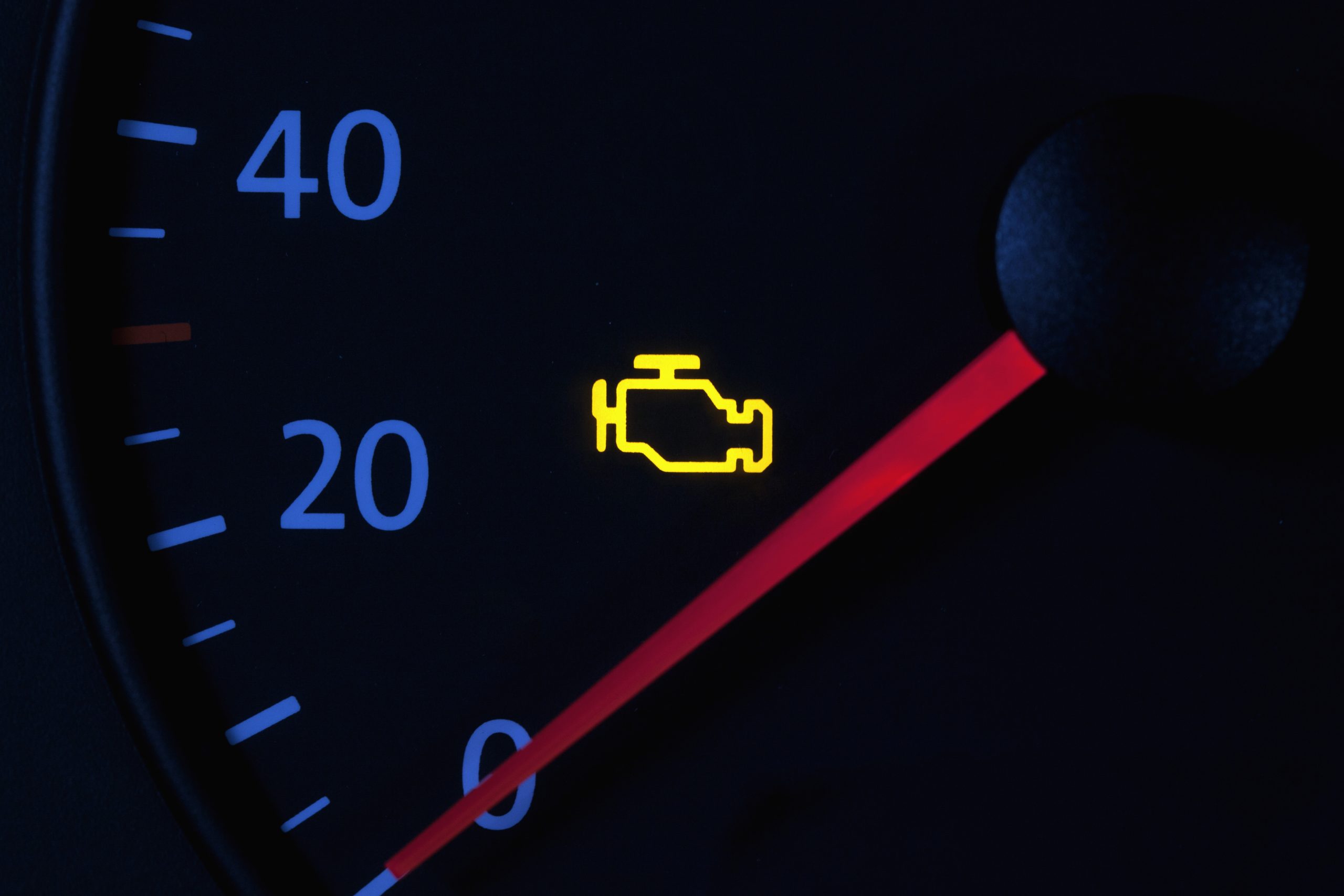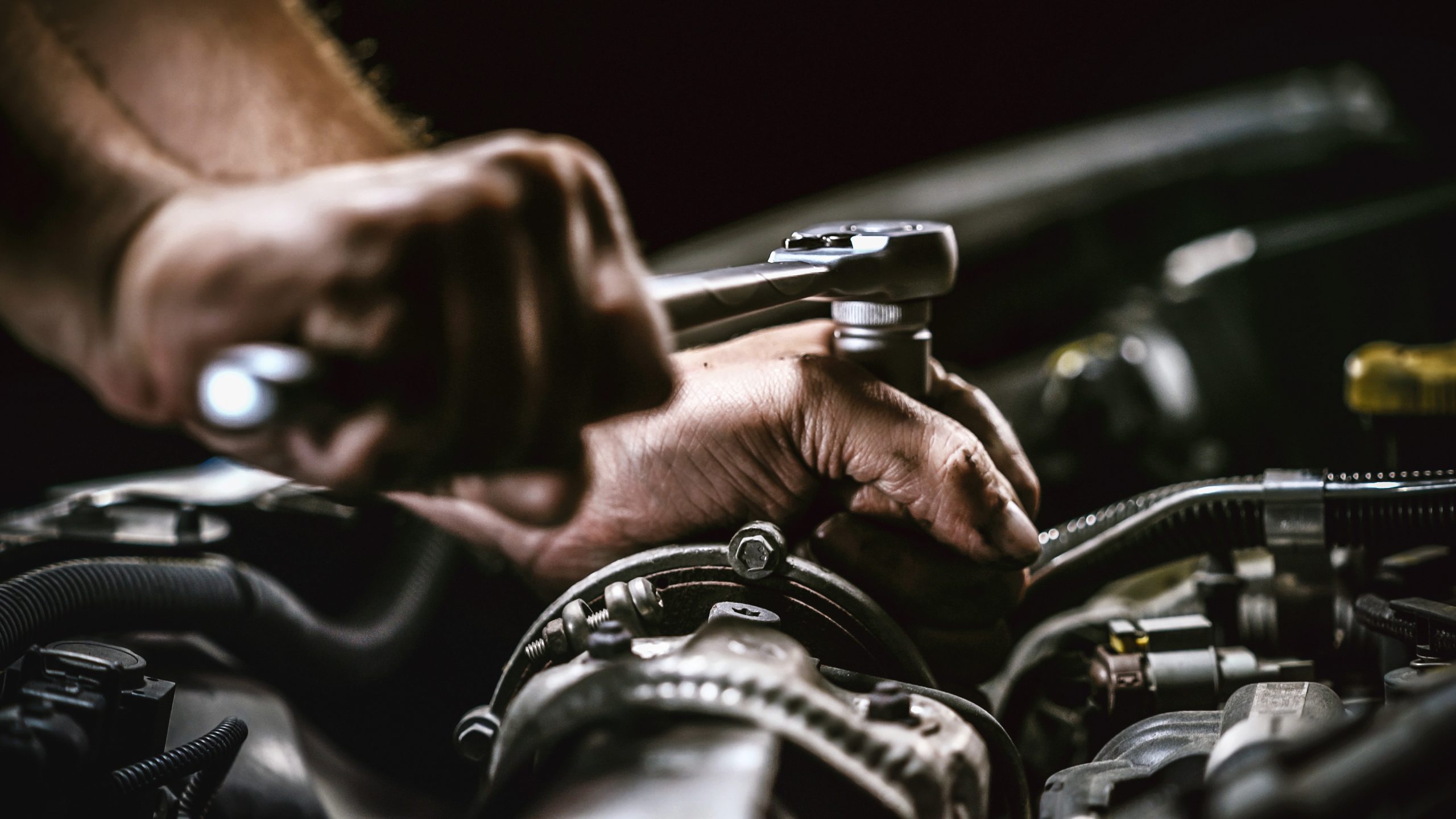What is vehicle suspension repair?
Vehicle suspension repair involves addressing issues with the components responsible for supporting the vehicle, providing stability, and absorbing shocks from the road.
What does suspension repair include?
- Diagnosis: The first step in suspension repair is diagnosing the problem. This may involve a visual inspection of the suspension components, test driving the vehicle to identify any abnormal noises or handling issues, and using diagnostic tools if necessary.
- Component Inspection: Suspension components that may need inspection include shocks or struts, springs, control arms, ball joints, bushings, tie rods, sway bar links, and steering components. Any worn or damaged parts will need to be identified and addressed.
- Shock or Strut Replacement: Worn or leaking shocks or struts can result in poor ride quality, excessive bouncing, and reduced stability. If these components are found to be faulty, they will need to be replaced.
- Spring Replacement: Coil or leaf springs can become worn or broken over time, leading to sagging or uneven ride height. If a spring is damaged, it will need to be replaced to restore proper suspension function.
- Control Arm and Ball Joint Replacement: Control arms and ball joints connect the suspension components to the vehicle’s frame or body. Worn or damaged control arms or ball joints can cause steering instability, uneven tire wear, and noise while driving. If these components are found to be faulty, they will need to be replaced.
- Bushings and Mounts Replacement: Suspension bushings and mounts help absorb road vibrations and provide cushioning between suspension components. Worn or damaged bushings and mounts can lead to noise, vibration, and poor handling. They may need to be replaced during suspension repair.
- Tie Rod and Sway Bar Link Replacement: Tie rods connect the steering system to the wheels, while sway bar links connect the sway bar to the suspension. Worn or damaged tie rods or sway bar links can cause steering play, uneven tire wear, and instability. If these components are faulty, they will need to be replaced.
- Alignment: After suspension repair, a wheel alignment may be necessary to ensure that the wheels are properly aligned and that the vehicle tracks straight and true.
Why it matters
Suspension repair can vary greatly in terms of complexity and cost, depending on the specific issues with the vehicle’s suspension system and the type of vehicle. It’s essential to have suspension issues diagnosed and repaired promptly to ensure the safety, stability, and comfort of the vehicle.
